Hands On with the Huawei Mate 10 and Mate 10 Pro
Oct 16, 2017, 8:00 AM by Eric M. Zeman
updated Oct 19, 2017, 9:39 PM
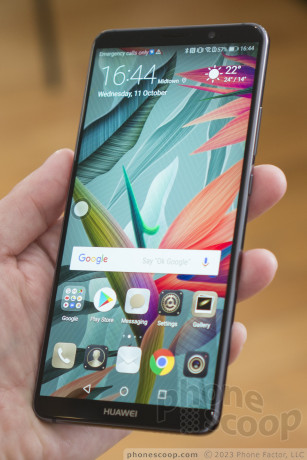
Huawei is taking aim at Apple, Samsung, and LG with its latest flagship handsets, the Mate 10 and Mate 10 Pro. These high-quality devices feature stunning hardware, top specs, and table-stakes features such as fingerprint readers. Huawei is banking on its NPU-based artificial intelligence to take the phones' dual camera systems to the next level. The Mate 10 and Mate 10 Pro run Android 8 Oreo with EMUI 8 from Huawei to take advantage of the powerful Kirin processor. Here are Phone Scoop's first impressions of Hauwei's new smartphones.
Huawei has stepped up its game. Last year's flagship, the Mate 9, was a powerful smartphone with a great dual-camera system and killer battery life. It suffered a bit from a heavy, overly-industrial design, but was otherwise very good. This year's Mate 10 and Mate 10 Pro keep the company in lockstep with the competition by touting the best-possible specifications, nearly bezel-less designs, and top-quality hardware.
Huawei made some interesting choices in designing these two phones. While they share most specs and features, they are fundamentally different with respect to the screen experience and several other core tools.
The Mate 10 and Mate 10 Pro drop the bulky metal chassis of the Mate 9 in favor of fine glass. Both phones have silky smooth panels on front and back. The glass is curved along the edges, similar to the S8/S8+, where it meets the metal frame. The frame may be thin, but it is strong and rigid. Huawei picked fine materials for these handsets and assembled them well. The pre-production units we saw were flawless as far as quality is concerned.
The Mate 10 looks and feels like the true successor to the Mate 9. It relies on a 16:9 aspect ratio display and thus has the same basic shape as the Mate 9. The screen measures 5.9 inches across the diagonal and boasts quad HD resolution. The LCD panel means it isn't suited for VR, which is a shame. This phone measures 5.93 inches tall and 3.03 inches wide. It feels a little chunky at 8.2mm thick. It's a big phone, though not the biggest.
Huawei kept bezels to a minimum. Slim black bars cross the Mate 10's forehead and chin, and the side bezels are practically nonexistent. Huawei crammed a fingerprint reader onto the front of the Mate 10. It's an indented, capacitive key that doubles as a home button. The reader is easy to find and use thanks to the shape. The earpiece and user-facing camera are hard to spot in the top bezel and that's fine with me.
The Mate 10 Pro is Huawei's toe-hold on the future. Like Samsung and LG have done with their flagship devices this year, Huawei's Pro 10 moves to the 18:9 aspect ratio. That means the phone has a slim waist and tall stature to accommodate the longer screen. The Mate 10 Pro's display measures 6 inches across the diagonal, though it disappointingly stuck with HD+ resolution (2,160 x 1,080). Even though the 10 Pro relies on OLED, rather than LCD, the resolution means it won't be a great option for virtual reality. Curiously, Huawei gave the 18:9 display squared-off corners. LG and Samsung both rounded the corners of their 18:9 screens. The 10 Pro is taller than the Mate 10 at 6.07 inches, though not as wide at 2.93 inches. I'm glad to report it is slimmer at 7.9mm thick, and it weighs less, too.
The facial features of the Mate 10 Pro aren't too dissimilar from the Mate 10. The bezels are about the same thickness all around, but the 10 Pro loses the fingerprint reader in the chin. Instead you'll see the Huawei logo painted on in reflective chrome. The earpiece is a slim slit that's hard to see, though the user-facing camera is fairly obvious.
A number of hardware features are the same on both phones. For example, the SIM card tray is on the left edge close to the top of the phone. The volume toggle and screen lock button are situated on the right edge. The keys have slim profiles, but are still easy enough to find and use. Travel and feedback are very good. Each phone has a USB-C port on the bottom, as well as drilled slits for the speaker. The phones both feature an IR blaster on the top.
The Mate 10 has a 3.5mm headphone jack on top, too, but the Mate 10 Pro does not have a headphone jack at all. The Mate 10 is not waterproof, but the Mate 10 Pro is rated IP67 for protection from dust and water. An odd mix of capabilities here.
I like the curved glass shape of the rear panel on the Mate 10 and Mate 10 Pro. The 10's glass is curved a bit more aggressively along the edges than the 10 Pro. The feel is really nice. Huawei decorated the glass with a horizontal band that runs from side to side and encompasses the camera array. The phones' 12-megapixel main sensor and 20-megapixel monochrome sensor are stacked vertically. The small, round modules are raised just a bit and have chrome rims to make them stand out visually. The flash array is off to the left, while the focusing array is off to the right.
The Mate 10 Pro adds a fingerprint reader below the camera module. I prefer this design to the front-placed reader on the standard Mate 10. The 10 Pro's fingerprint reader has a nice feel to it and is a cinch to find.
Both phones are well designed and made. The materials are excellent, and the devices should be manageable for most people to use day in and day out. The slimmer profile of the Mate 10 Pro and modern screen shape gives it an edge in usability as far as I am concerned.
Other hardware features worth pointing out include the 4,000mAh battery. This huge power cell should give both phones 1.5 days of uptime, according to Huawei. Moreover, they can be charged rapidly, and charged wirelessly thanks to the glass rear panels. The phones support high-speed LTE, though Huawei hasn't specified which LTE bands will be included on North American models. I wish Huawei had selected Bluetooth 5.0 over Bluetooth 4.2, but at least the company included aptX HD for high-quality stereo music playback.
The Mate 10 and Mate 10 Pro both run Android 8 Oreo with EMUI 8 on board. At first blush, EMUI 8 doesn't look all that different from EMUI 5.1 (design, layout), but there are significant changes under the hood that push it forward.
To start, the phones both rely on the same Kirin 970 processor from Huawei. This chip is a generational leap over last year's 960 thanks to the addition of machine learning. The 970 includes an 8-core CPU, a 12-core GPU, and a neural network processing unit, or NPU, to handle machine learning tasks. What's important to point out is that the NPU keeps a lot of processing on the phone itself, rather than send data to the cloud, and yet it still manages to make improvements in speed and efficiency (if we're to believe Huawei's hype).
The NPU is being put to use heavily in the new camera application. More specifically, Huawei is using the NPU to deliver artificial intelligence-assisted scene and object recognition. The camera is able to recognize scenes and objects on its own and then adjust the settings to get the best-possible shot. For example, the camera's software can differentiate between bright flower petals and darker plant leaves, as well as between a cat and a dog. Huawei says it will add to the initial dozen included presets over time.
How does this work? In the demo area we were able to see the Mate 10 adjust for plants versus flowers, as well as recognize food versus other close-up objects, such as a toy car. Plants generally have dark leaves and high-contrast areas, while flower petals are in danger of being over-exposed. The Mate 10 knows what to do in each of these instances to get the right shot.
The other important NPU-based differentiator Huawei hopes will impress people is offline, real-time language translation. Microsoft has built a specific version of its translator program that's able to take advantage of the NPU to translate text in real-time even when the phone is offline. In a demo, we saw the Mate 10 and Mate 10 Pro translate some Chinese characters fairly quickly with no network connection. Translation can always be helpful.
Huawei is targeting Samsung with its new desktop computing mode. The Mate 10 and Mate 10 Pro can become desktop computers with just a few accessories. You'll need a single cable — USB to HDMI — and a Bluetooth keyboard/mouse in order to go from smartphone to PC. The fact that the Mate 10 is able to forego the use of a dock (such as the Samsung DeX) is great, as it means one less thing to cart around on the road. Using the included software, the phones are able to act very much like a PC when connected to a monitor. According to Huawei, it displays most apps in tablet mode on the big screen, and it supports multiple open windows at a time for multitasking and the like.
Further, the screen mirroring tool allows you to use the Mate 10 and Mate 10 Pro privately. The software knows to keep notifications and other popups from reaching the large monitor to which you may be sharing or casting. That's neat.
The Mate 10 and Mate 10 Pro are ambitious handsets, but they are also the right phones from Huawei at the right time. The company needs to keep up with Samsung, Apple, and LG, and its decision to move to the 18:9 aspect ratio on the 10 Pro is smart. Huawei did a fine job crating phones that are slim, attractive and offer all the modern conveniences expected of today's flagship handsets.
Pricing and availability aren't yet know, though Huawei said the phones won't reach the U.S. until early 2018.
Comments
This is what I've been waiting for!


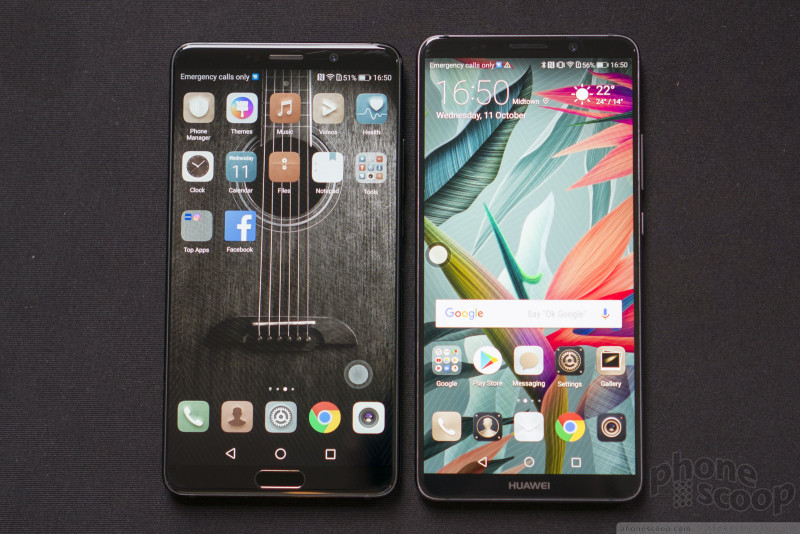



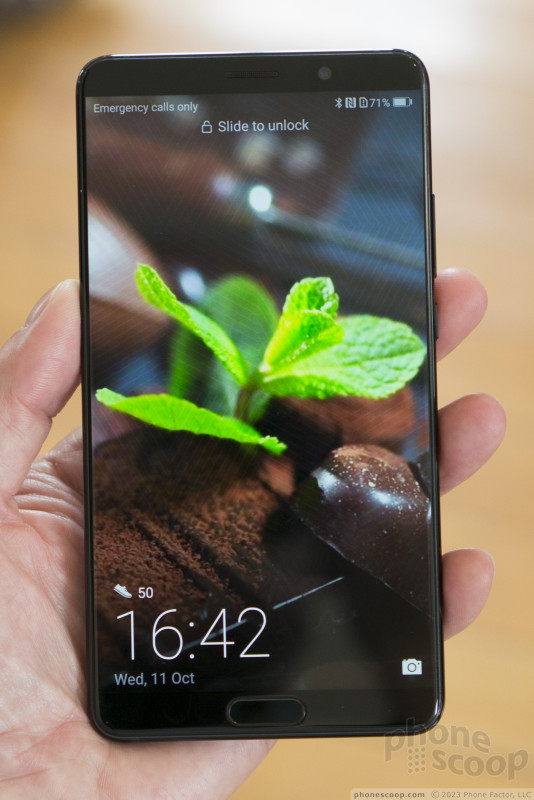












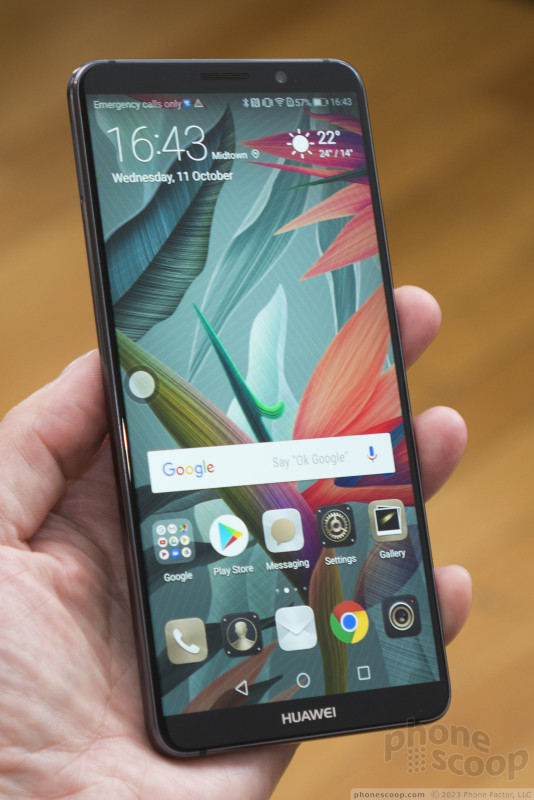












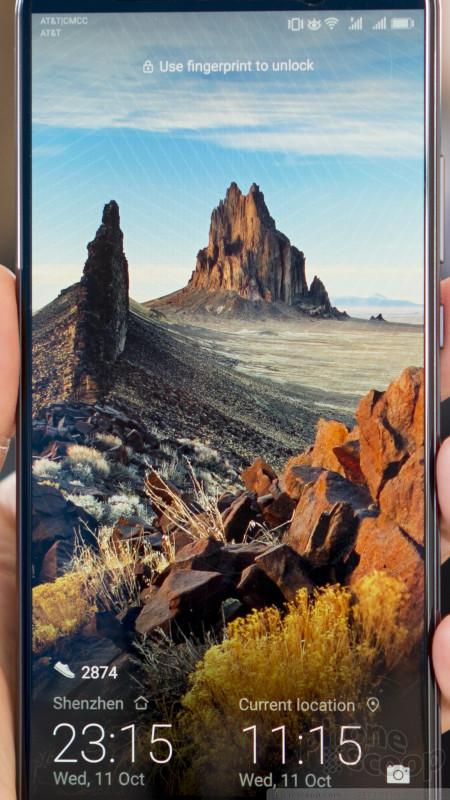











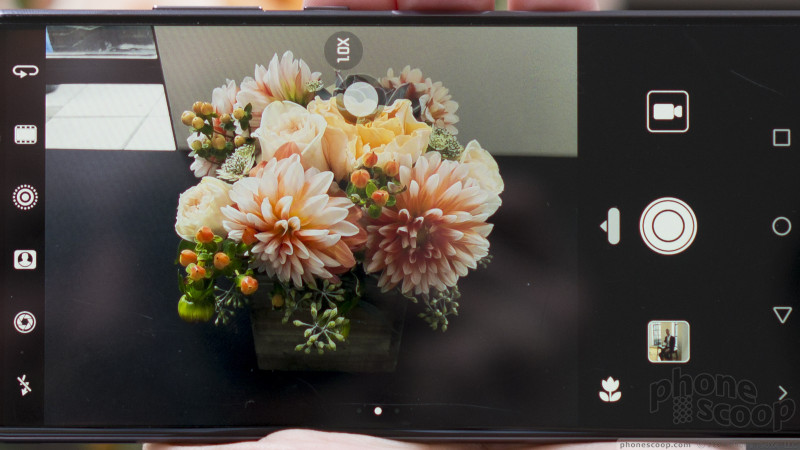







 Hands On with the Huawei Mate 10 Pro Driving a Porsche
Hands On with the Huawei Mate 10 Pro Driving a Porsche
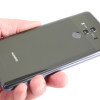 Review: Huawei Mate 10 Pro
Review: Huawei Mate 10 Pro
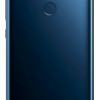 Huawei Kicks Off Preorders for the Mate 10 Pro
Huawei Kicks Off Preorders for the Mate 10 Pro
 Huawei Hopes Wonder Woman Works Wonders for Mate 10 Pro
Huawei Hopes Wonder Woman Works Wonders for Mate 10 Pro
 Huawei Hopes AI-Assisted Camera Will Set Mate 10, Mate 10 Pro Apart
Huawei Hopes AI-Assisted Camera Will Set Mate 10, Mate 10 Pro Apart
 Huawei Mate 10
Huawei Mate 10
 Huawei Mate 10 Pro
Huawei Mate 10 Pro



